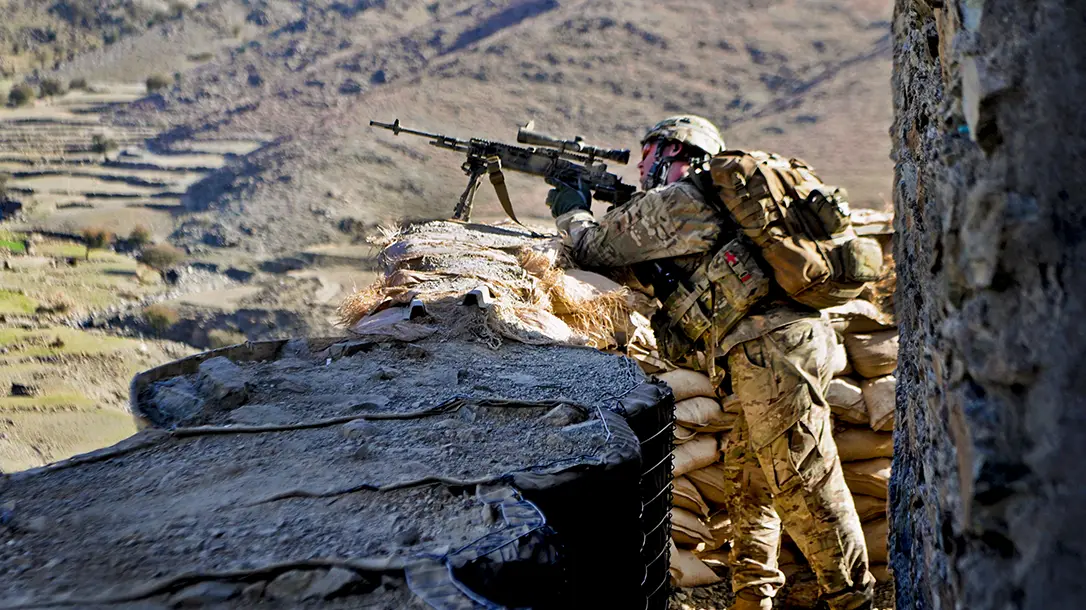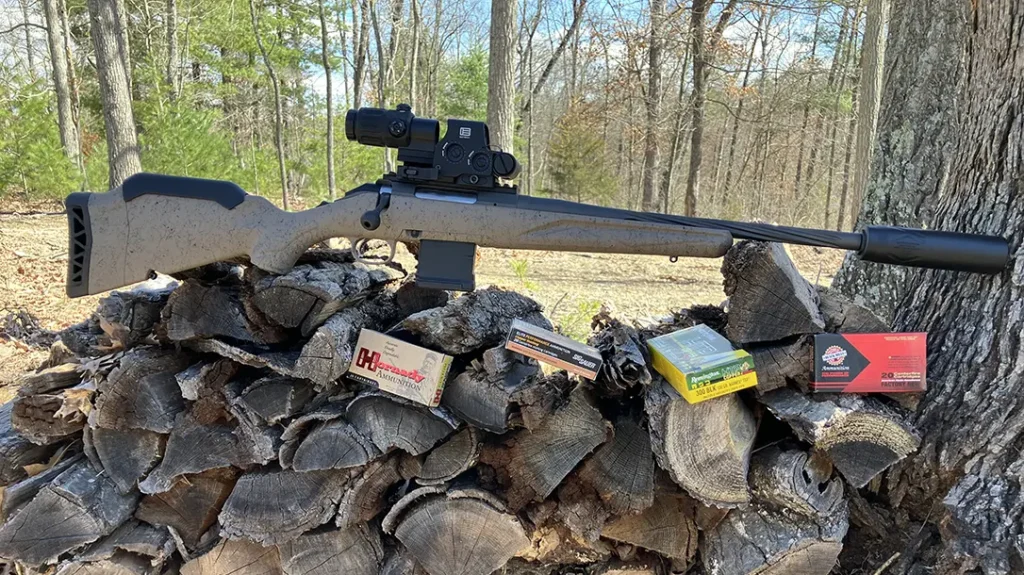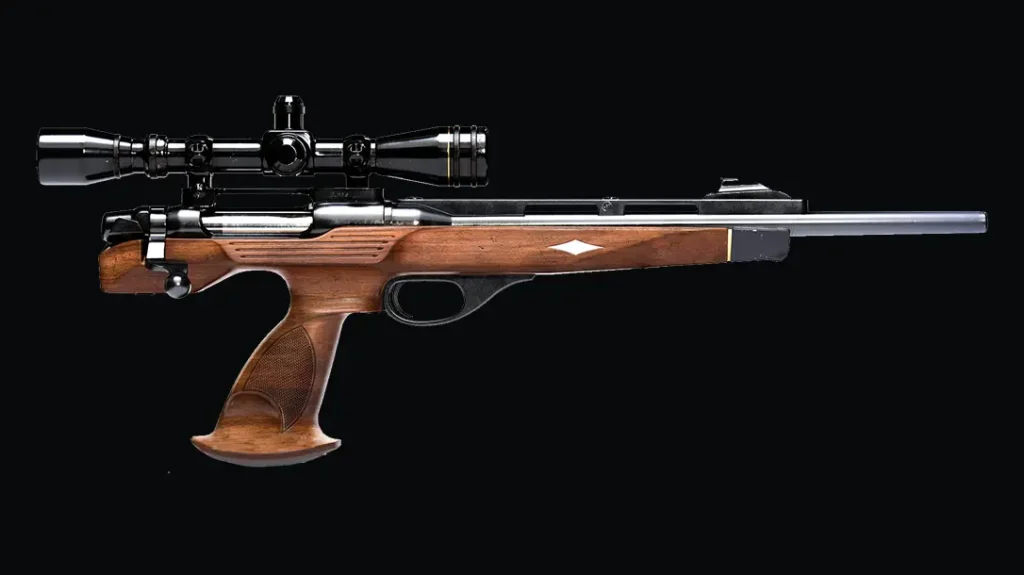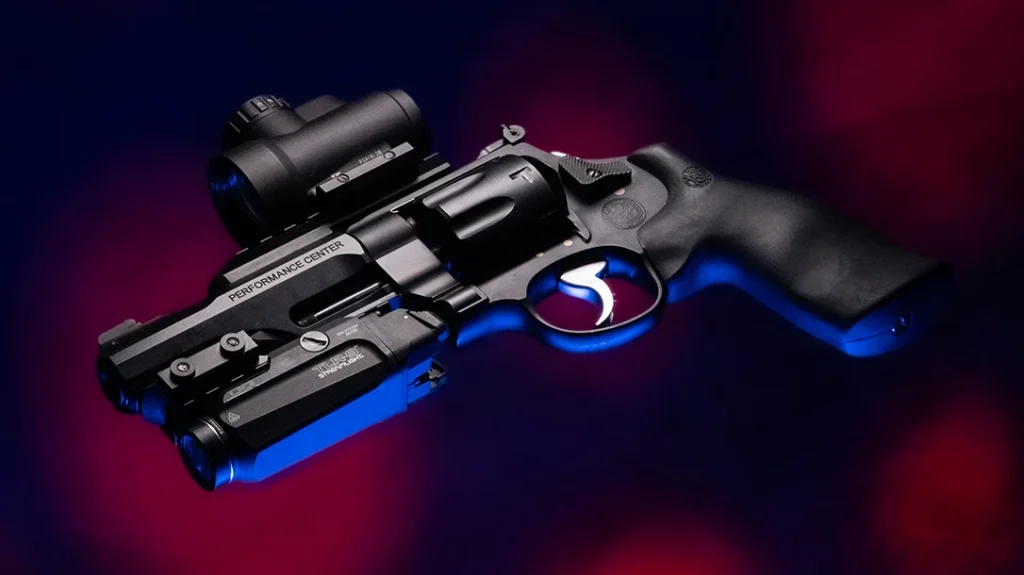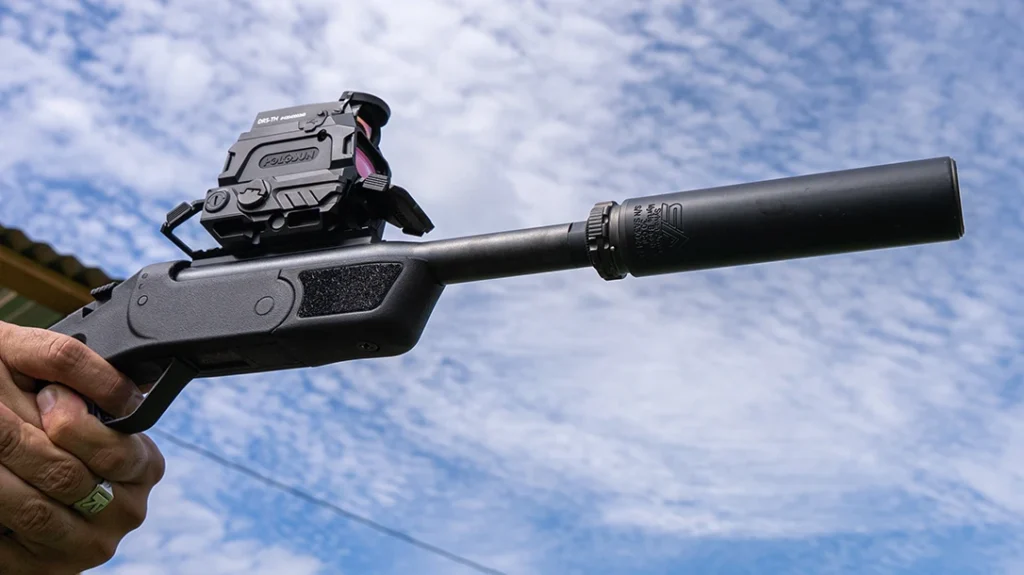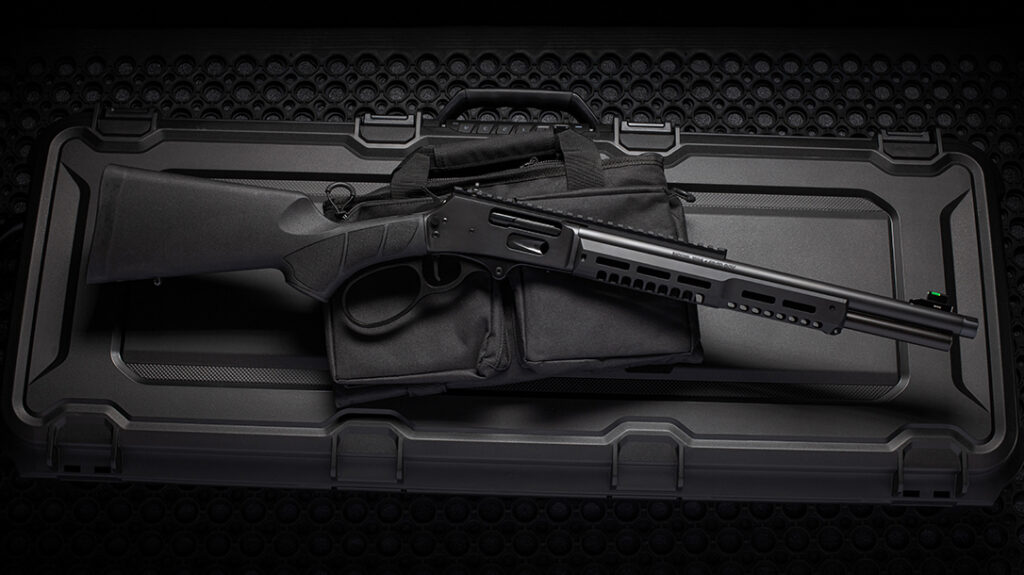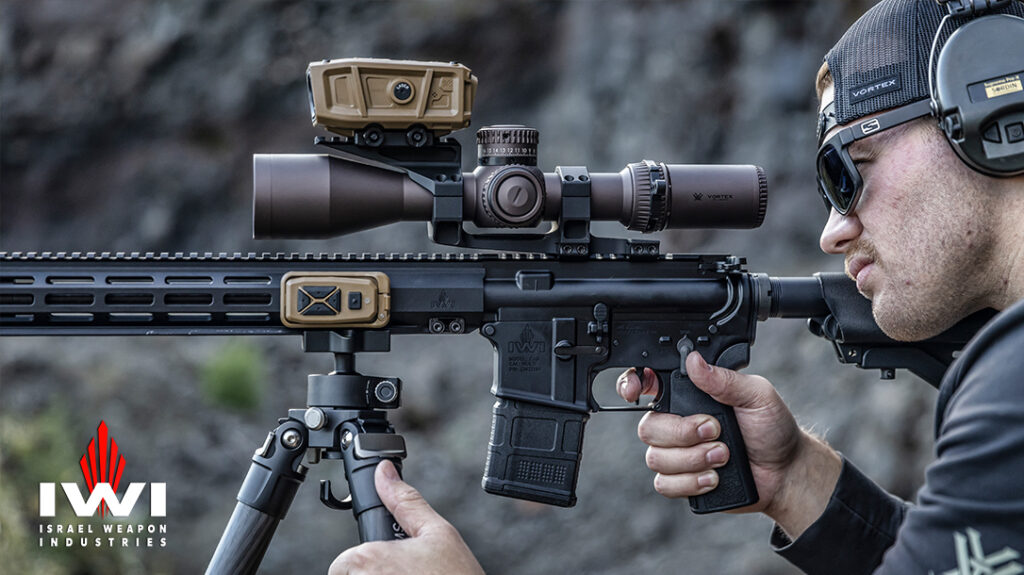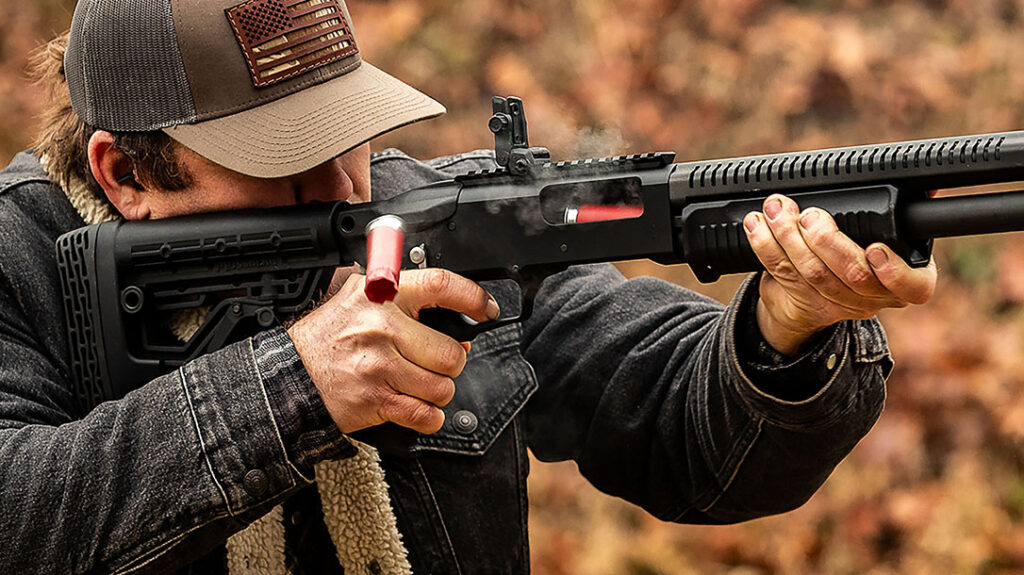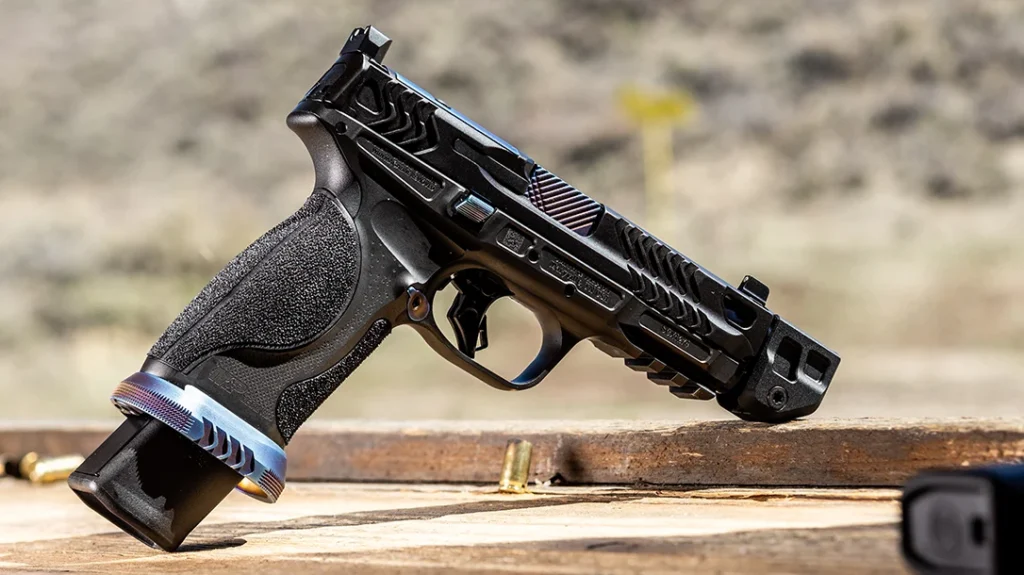One of the most iconic rifles to grace American ranges is the Springfield M1A. The M1A is the semi-auto version of the classic M14. To better understand the love affair with this gun, we need to look at the history of the M14/M1A. In 1957, the M14 replaced the M1 Garand following extensive competition over the previous years. The military sought improvements on the Garand, including a detachable magazine and full-automatic capability. The accuracy and reliability of the rifle soon found it being modified for specialized work, marking the beginning of the history of the M14/M1A.
71 Years Old and Still Going – History of the M1A/M14
In 1969, Rock Island Arsenal converted over 1400 National Match M14s to be used as sniper rifles during the Vietnam War. The modifications included the addition of a Leatherwood 3-9x scope and providing match-grade ammunition to the shooters. This version was designated the M21. It remained the US Army’s primary sniper rifle until 1988. Even after its retirement, the M21 kept finding its way back to war, adding further intrigue to the history of the M14/M1A. In small circles, it was reissued during the Gulf War. It was seen being carried by several elite units throughout the military.

Advertisement — Continue Reading Below
Springfield M1A
Fast forward to today, and we find the M1A still a popular rifle in the shooting industry. Like many of its’ WWII cousins, it has seen its’ share of small improvements based on evolutions in manufacturing processes. Competitions around the country see enthusiastic shooters unpack their M1As and get ready to be serious competitors in precision matches. This continued presence reinforces the historical significance of the M14/M1A.

Springfield has the distinction of allowing civilian shooters the opportunity to own their own semi-automatic version of the M14. In 1974, they began manufacturing what would be labeled the “M1A”. It would be a civilian version of the M14. It would be so close to the M14 that Springfield initially used surplus G.I. parts to build their guns. Eventually, they began to manufacture all the parts themselves. In doing so, they were able to improve accuracy. In fact, until the very late 1990s, the rifle still had a cutout in the right rear of the stock for the full-auto selector. The comprehensive history of the M14/M1A adds to its allure for both enthusiasts and historians.
Advertisement — Continue Reading Below

The Loaded M1A
Over the years, Springfield has revisited the M1A with success. The masterminds at Springfield have once again turned to the M1A with a plan to improve an already exceptional gun. One of my favorite offerings is the Springfield Loaded M1A. It is a mix of classic old with modern improvements that are game-changing. The improvement in this version of the M1A is the Springfield PAS – Precision Adjustable Stock. The nature of the original M1A made scoped shooting a challenge without some usually homemade stock modifications such as cheek risers.
The PAS solves this and brings more to the table. The PAS is adjustable not only for cheek weld height but also for the length of pull. All adjustments can be made without the use of tools and are small enough to ensure a personalized fit of the gun. Another improvement in the stock is the inclusion of a Picatinny rail under the handguard. This makes mounting a bipod or other kit a breeze. At the rear of the stock is a specifically cut notch to help the shooter stabilize the rifle. With the new, they mix the best of the old; the new M1A keeps its’ match-grade sights with a ½ MOA for windage and 1 MOA for elevation on the rear sight.
Advertisement — Continue Reading Below

Simplified Optics Attachment
The original M14 was not designed with optics in mind. The accuracy of the rifle, however, soon began to call for the inclusion of glass. Attempts at mounts were made. Springfield’s modern answer is the 4th Generation Steel Scope Mount. This mount is not only rock-solid. The installation on the rifle is a breeze.
This offering from Springfield has caught the eye of law enforcement as a counter-sniper platform. As agencies cover large events across the country, they are always on the lookout for dangers posed by gunmen. The M1A’s accuracy, combined with a semi-auto function and magazine feed, allows it to fit this niche quite well. The additional fact that the M1A fires a .308 round makes it a valuable tool for defeating barricades and other obstacles. These obstacles may stop the popular 5.56mm round. The final piece of this puzzle is that an agency can get into a loaded M1A for significantly less than most other precision rifles. While some would argue that price should not be a factor, the brutal reality is that it does.
Advertisement — Continue Reading Below

History of the M14/M1A
The loaded M1A seamlessly combines the old with the new. Springfield has put together a rifle that has exceptional extra features without the match-shop price tag. It is an accurate and reliable rifle that will serve any shooter for years to come. From recreational shooting to competition, the loaded M1A is a solid addition to the Springfield line. The continuous development of these rifles is a testament to the enduring history of the M14/M1A.
For more information, visit:https://www.springfield-armory.com/m1a-series-rifles/m1a-standard-issue-rifles/
Advertisement — Continue Reading Below
